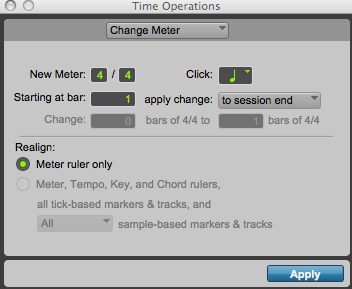

Metronome is here to change the world of music and provide assistance in maintaining the tempo to improve the musician's timing performance. BPM has been patented since 1815 by Johann Maelzel but was developed by Abbas ibn Firnas was the owner of a similar machine in the IX century, the metronome.

This has become the common tool to measure the tempo. In general, you can find the tempo of a song by a tool, namely the metronome. Pop Beats | EDM Beats | Hip Hop Beats | Rock Beats | Country Beats | Jazz Beats Start your career or hobby as a singer-songwriter by purchasing our custom beats for only $149! However, you still need to know the tempo that matches the genre that is your starting point. It is necessary to listen to several features to identify the genre. However, the typical BPM above cannot be used as the main reference in determining music genres. Paso Doble: For this genre, it has a typical BPM between 120-124.Jive: For this genre, it has a typical BPM between 168-184.Salsa: For this genre, it has a typical BPM between 180-300.Samba: For this genre, it has a typical BPM between 96-104.Rumba: For this genre, it has a typical BPM between 100-108.Cha Cha Cha: For this genre, it has a typical BPM between 120-128.Tango: For this genre, it has a typical BPM between 62-66.Charleston: For this genre, it has a typical BPM between 200-290.Foxtrot: For this genre, it has a typical BPM between 112-120.Waltz: For this genre, it has a typical BPM between 84-90.Last, but not least, several different social / partner dances have a typical tempo that ranges as follows: Drum & Bass: For this genre, it has a typical BPM between 165-185.Jungle: For this genre, it has a typical BPM between 155-180.Hardstyle: For this genre, it has a typical BPM between 150-160.Techno: For this genre, it has a typical BPM between 120-160.Trap: For this genre, it has a typical BPM between +/- 140.Dubstep: For this genre, it has a typical BPM between +/- 140.UK Garage: For this genre, it has a typical BPM between 130-135.Trance: For this genre, it has a typical BPM between 130-145.Progressive House: For this genre, it has a typical BPM between 125-130, the same as Tech House.Electro House: For this genre, it has a typical BPM between 125-130.Tech House: For this genre, it has a typical BPM between 120- 135.Deep House: For this genre, it has a typical BPM between 120-125.House: For this genre, it has a typical BPM between 118-135.The Electronic Music genre has the following tempo ranges: Metal: This genre has a typical BPM between 100-160.Rock: For this genre, it has a typical BPM between 110-140.R&B: For this genre, it has a typical BPM between 60-80.Pop: For this genre, it has a typical BPM between 100 -130.Jazz and Funk: This genre has a typical BPM between 120-125.Hip-Hop: This genre has a typical BPM between 85-115.Chill-Out: This genre has a typical BPM between 90-120.Downtempo: For this genre, it has a typical BPM between 70-100.Reggae: Reggae genre has a typical BPM ranging from 60-90.Here is a list of some popular non-electronic genres and their approximate tempo ranges: To identify a music genre with this feature you need to know the type of BPM that is typical of your music genre. The tempo is an important key in determining the genre which is usually expressed in BPM or Beats Per Minute. So, are there any relationships between tempo and genre? Yes, of course. In electronic music production, the tempo is the only guideline for building a rhythm structure both groove and harmony. The tempo tells us how fast or slow a piece of music should be played, how it determines the aesthetics of a piece of music. Tempo vs Genres, How The Relationship Between Them? Besides, tempo contributes to the overall feel of the music, be it cool music, sad music, happy music, or music that creates a relaxing atmosphere.
#HOW TO FIND BPM ON PROTOOLS 12 SERIES#
Rhythm has a structure that cannot be separated from time or basic beats such as a quarter note or a series of 8th notes. Thus Rhythm is one of the most important fundamental elements in music which have differences in terms of rhythmic structures that characterize different musical styles. The heartbeat also has a repeating sound pattern of 'forget, forget', which is called Rhythm.

Heart rate is measured in terms of time it can be fast or slow. Whereas Rhythm is considered a musical pattern in time. In general, a tempo is measured as the number of beats per minute where the beat is a basic measure of time in music. If defined briefly, the tempo is how fast or slow a piece of music is performed, while rhythm is the placement of sound at its time in a regular and repetitive pattern.


 0 kommentar(er)
0 kommentar(er)
